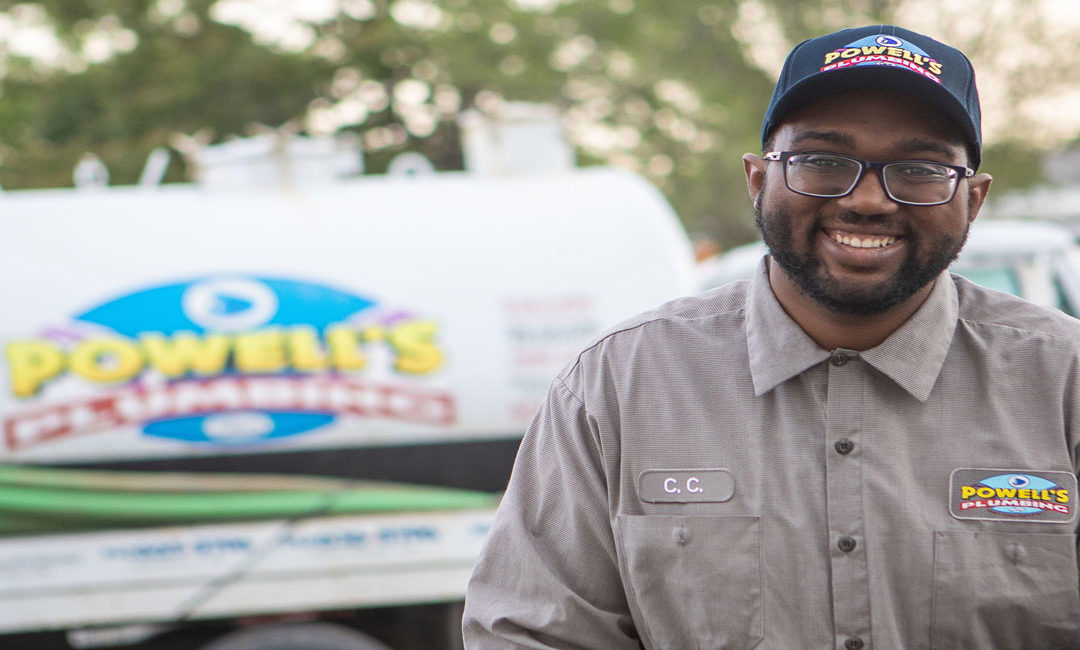Winter’s icy grip can wreak havoc on your home, and one of the most common issues homeowners face during freezing temperatures is frozen pipes. When water freezes inside your plumbing, it expands, putting immense pressure on the pipes and leading to potential cracks or bursts. Not only can this cause extensive damage to your property, but it can also result in costly repairs. According to the Insurance Information Institute, water damage and freezing temperatures are among the most common homeowners insurance claims, accounting for 23.5% of all losses incurred in 2021.
A standard ½-inch pipe can spill over 10,000 gallons of water in just a few hours, so it’s a great idea to have a plan in place when it comes to your home’s plumbing! Give yourself the best chance at protecting your home and belongings by knowing what to do in cold-weather scenarios. Here, we’ll explore proactive measures to prevent frozen pipes and discuss effective methods for thawing them when the chill sets in!
Prevention Is Key
1. Insulation is your ally: Before winter arrives, make sure to insulate vulnerable areas like basements, crawl spaces, and attics. Additionally, insulate pipes located in exterior walls. This extra layer can help maintain a higher temperature around the pipes, reducing the risk of freezing.
2. Seal gaps and cracks: Inspect your home for any gaps or cracks that allow cold air to infiltrate. Seal these openings with weather-stripping or caulk to keep the warmth inside, especially in areas where pipes are present.
3. Let faucets drip: When temperatures plummet, allowing faucets to drip can relieve pressure within the pipes. Moving water is less likely to freeze, providing a simple yet effective preventative measure.
4. Heating tape and cables: Install electric heating tape or cables around vulnerable pipes. These devices produce heat and can be wrapped directly onto the pipes, offering an extra layer of warmth during frigid conditions.
Thawing Frozen Pipes
1. Identify the frozen section: The first step in addressing frozen pipes is determining the affected area. Turn on faucets throughout your home to see which ones are not producing water or have reduced water flow. This can help pinpoint the location of the frozen blockage.
2. Keep the faucet open: Once you’ve identified the frozen pipe, open the faucet connected to it. This allows water to flow through once the blockage is cleared and reduces pressure within the pipes, minimizing the risk of bursting.
3. Apply gentle heat: Use safe and controlled heat sources to thaw the frozen pipes. Hairdryers, heat lamps, or electric heating pads can be effective. Start from the end closest to the faucet and work your way toward the blockage. Never use an open flame, as it poses a fire hazard.
4. Warm towels or rags: Soak towels or rags in warm water and wrap them around the frozen pipe. This method introduces heat gradually and is particularly useful for pipes in enclosed spaces.
5. Professional help: If you are unable to thaw the pipes yourself or if you suspect a burst pipe, it’s crucial to seek professional assistance immediately. A licensed plumber can assess the situation, make necessary repairs, and help prevent future incidents.
Protect Your Pipes and Your Home!
Dealing with frozen pipes is a common challenge during winter, but with proactive measures and the right approach to thawing, you can minimize the risk of damage to your home. By following these tips you can safeguard your plumbing system against the biting cold. In case the worst happens, quick and careful thawing methods can help mitigate potential damage and restore the flow of water in your home.
When you need the help of a reliable, professional plumber in Winchester, look no further than Powell’s Plumbing! We’ll be out to your home as soon as possible to address your frozen or burst pipes. Reach out to schedule your service today!





Recent Comments